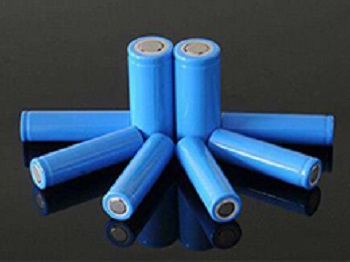Keyword: Lithium ion battery solid electrolyte
Professor Ma’s research group used spherical aberration correction transmission electron microscopy to directly observe a peculiar non-periodic structure.
New transmission of lithium ions
Although the structure is only one atomic layer thick, it can affect the transmission of lithium ions which has become another type of non-periodic structure besides grain boundaries and point defects that need to be paid close attention to by solid-state lithium battery researchers.

Lithium ion transmission principle of lithium battery solid electrolyte
Solid-state electrolyte
All-solid-state lithium batteries have become a hot spot in current battery research due to their safety and high energy density. The key to successfully constructing this battery is to find a suitable solid-state electrolyte.
In order to design a solid electrolyte with high ionic conductivity in a targeted manner, it is necessary to fully understand the transport mechanism of lithium ions in it.
The researchers used spherical aberration correction transmission electron microscope to observe the classic solid-state electrolysis. The researchers found a large number of single-atom layer defects, and these defects will form a closed loop with each other.
Comprehensive analysis shows that although these defects are only one atomic layer thick, its special atomic configuration can completely prevent lithium ions from passing through.
When these defects combine with each other to form a closed loop, the lithium ions in the enclosed volume cannot escape, and the external lithium ions cannot enter, making this part of the material substantially unable to participate in ion transmission.
Electron microscopy observations have confirmed that this phenomenon is present in a large number of samples, and the ionic conductivity of this solid electrolyte will therefore drop by about 1-2 orders of magnitude.
The researchers named this unique non-periodic structure “single-wall lithium trap”. If the formation of single-wall lithium traps can be reduced or even avoided, the ion conductivity will be significantly improved
 +8613906047998
+8613906047998




